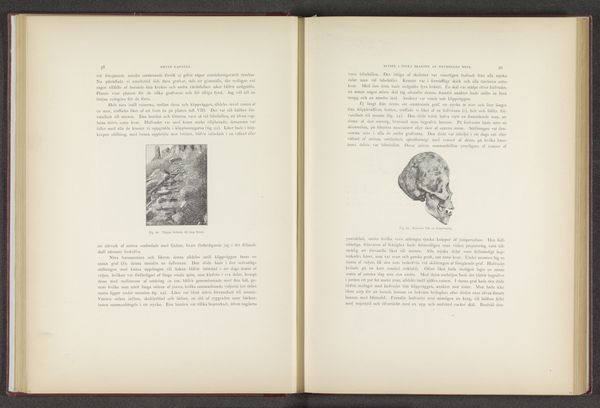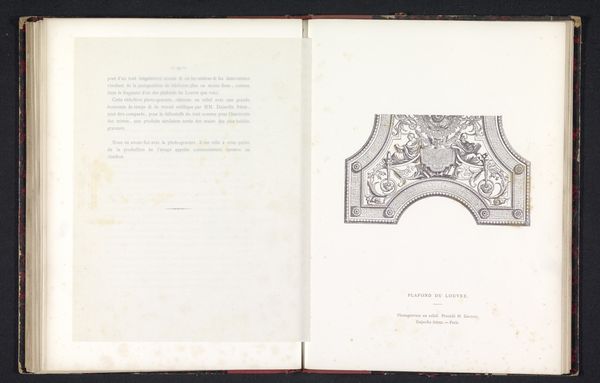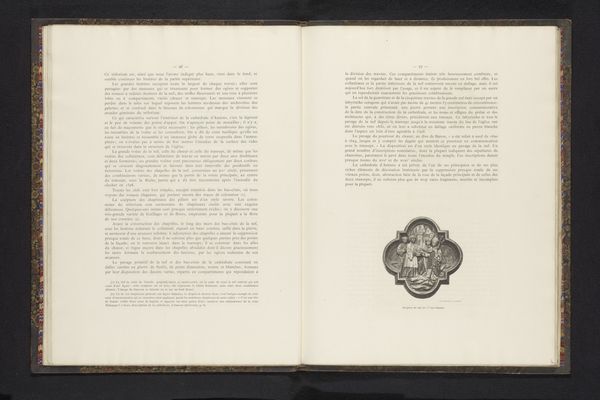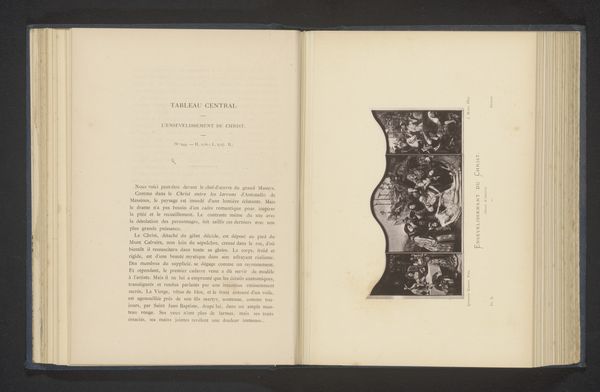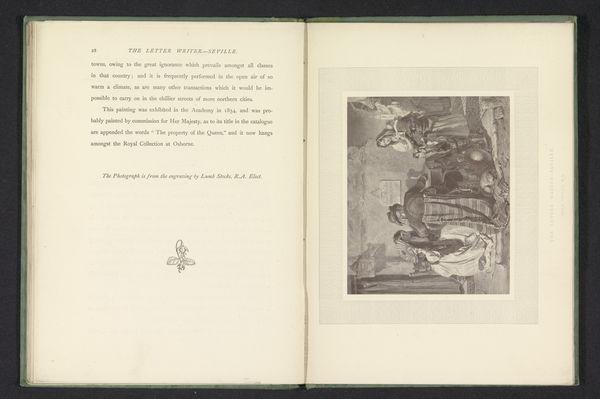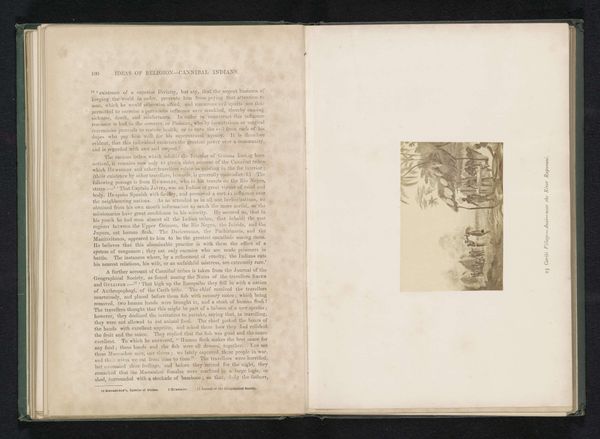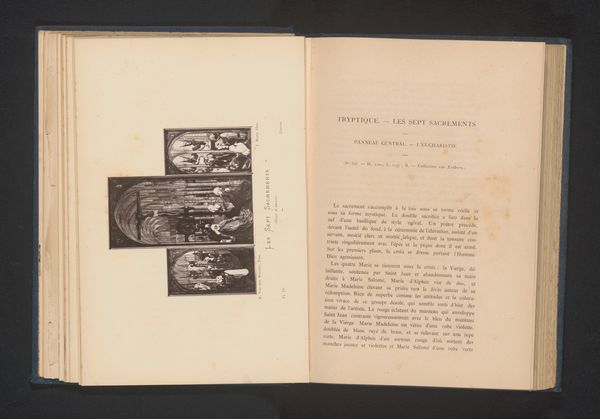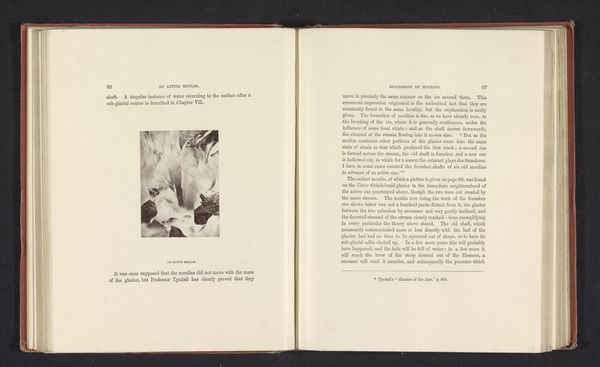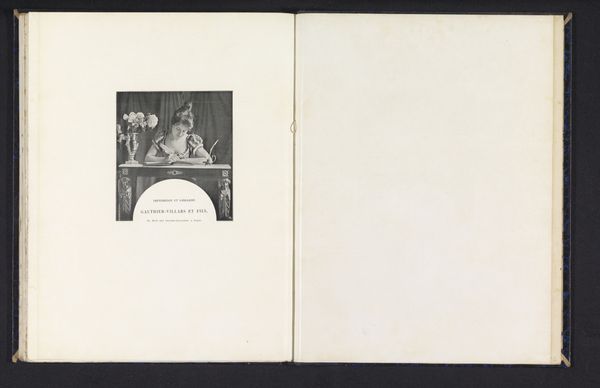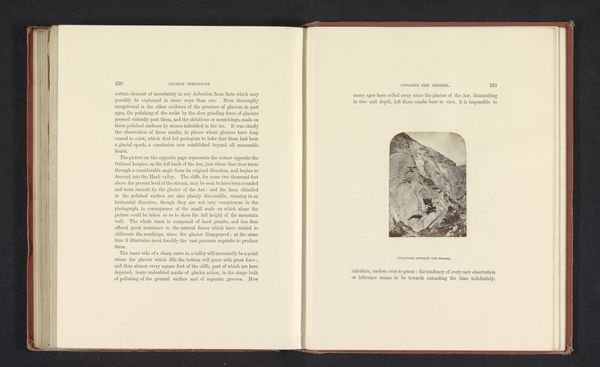
drawing, print, paper, sculpture, engraving
#
drawing
#
medieval
# print
#
paper
#
sculpture
#
engraving
Dimensions: height 80 mm, width 50 mm
Copyright: Rijks Museum: Open Domain
Curator: This print showcases the reverse side of a stone calvary, dating to before 1895, titled “Achterkant van een stenen calvarie.” Editor: It’s remarkably evocative for what is essentially a documentation piece. The engraving’s contrast brings an imposing sense of depth to the sculpture itself. Curator: Indeed. The medieval period was deeply entrenched in religious symbolism and public displays of faith. Calvary crosses were often erected in prominent locations as visible reminders of Christian doctrine, demonstrating both communal belief and, at times, the socio-political influence of the Church. This print helps disseminate those images. Editor: And looking at the composition, the engraver masterfully captured the textural contrast of the stone. The varying line weights create a tactile quality, emphasizing the roughhewn nature of the sculpture, which, while crude, is definitely affecting. Curator: Exactly, and the print format made these images widely accessible for study, replication, and discussion within academic and artistic circles. This reveals not just artistic style, but the broader cultural practice of memorializing religious monuments through documentation. Editor: Furthermore, consider the symbolism inherent in depicting the *back* of the calvary. Does it perhaps denote a sense of unseen forces, or a dimension of spirituality beyond immediate comprehension? It disrupts our conventional understanding of art. Curator: I like that perspective! We need to think about that position and the intention, or even if a lack of importance has influenced it. Was there an element on the front that needed more focus, and what statement does that make? It really causes the viewer to examine how artistic practices intersect with religious and communal identities. Editor: Absolutely. Considering the texture and shading gives a sense of its place in the context of design; to focus instead on historical and societal implications offers a richer reading. Curator: Thank you. It’s wonderful to discuss these aspects of form and society and, I hope, give visitors more tools for observing this medievalism and imagining its effect.
Comments
No comments
Be the first to comment and join the conversation on the ultimate creative platform.

